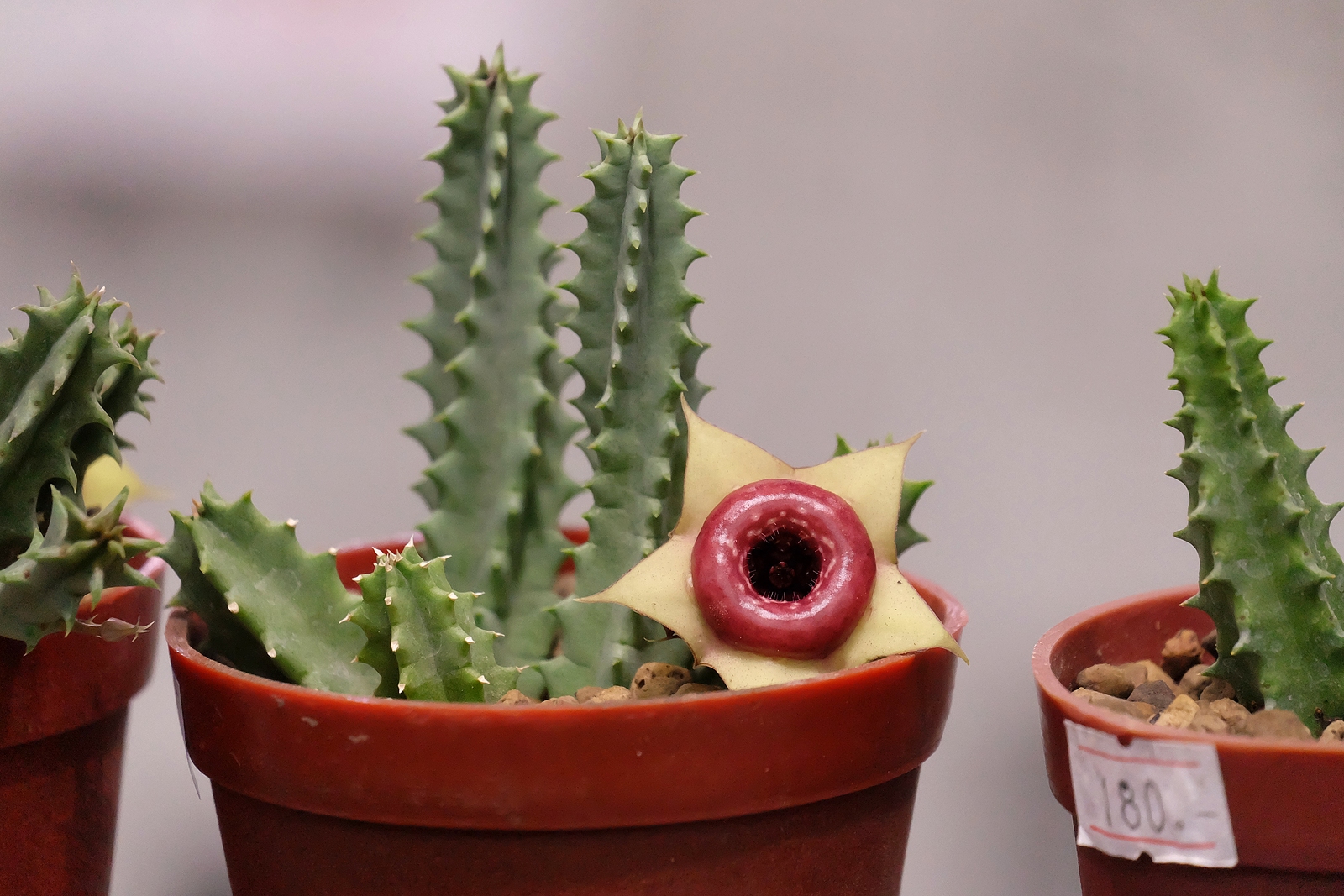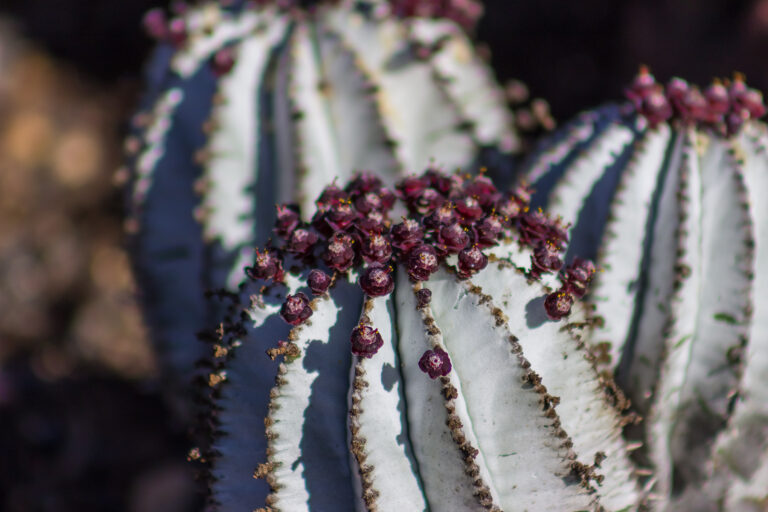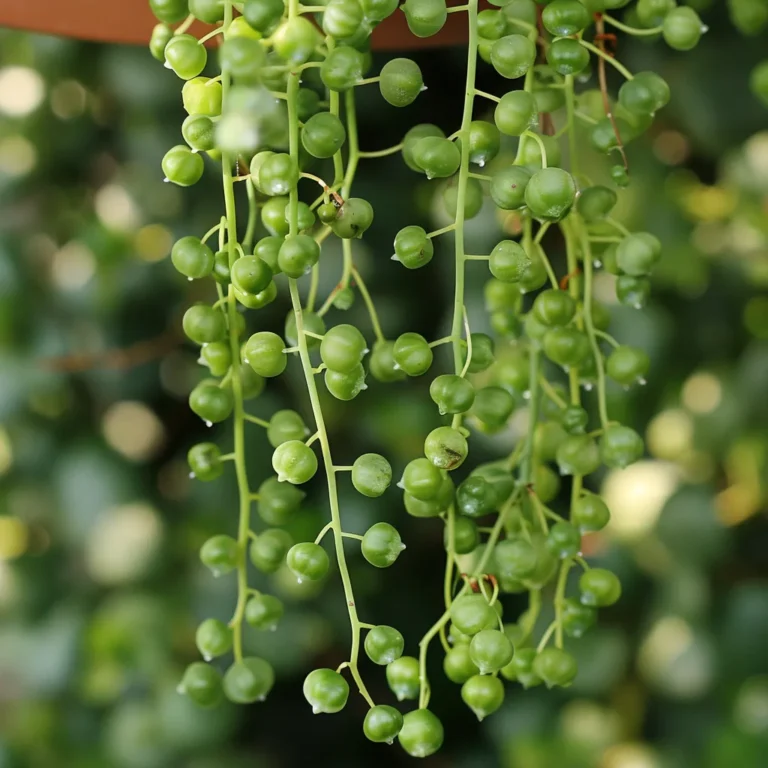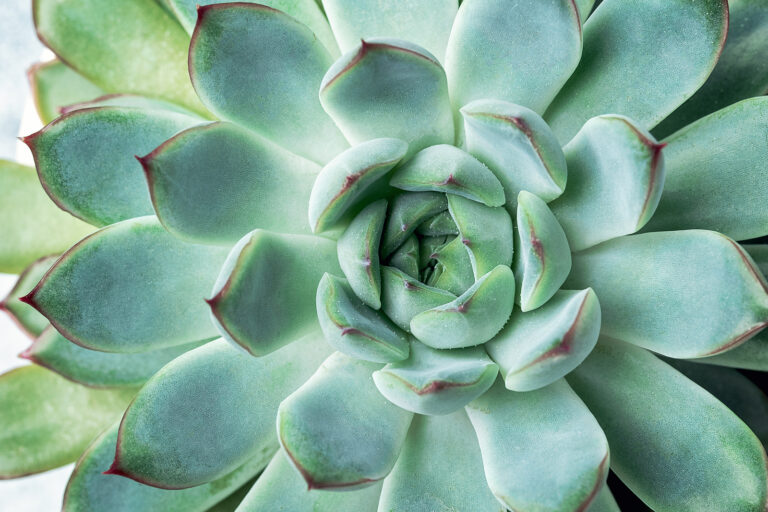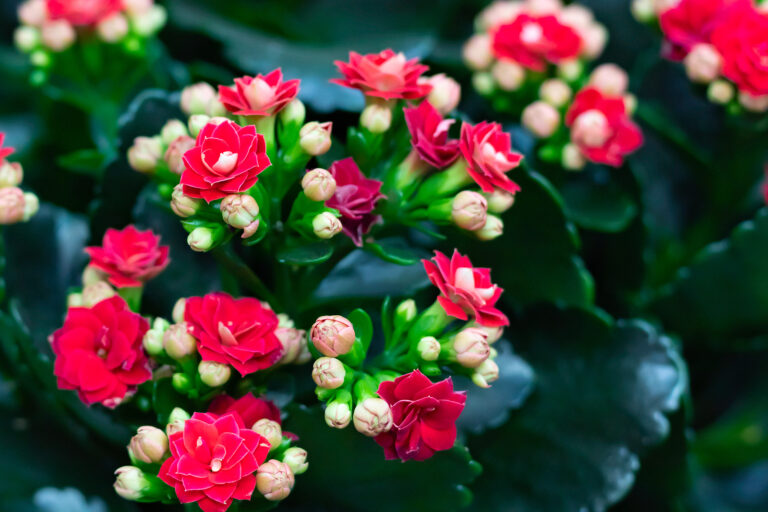How to Grow Huernia
Huernia is a genus of dwarf succulents whose freely branches angled stems that are toothed or notched. Plants grow slowly to about 4 inches high in clusters.
Huernia bears tubular or cup-shaped to shallowly saucer-shaped , warty, fleshy flowers that are diversely colored–reddish, greenish-yellow, brownish, or purple; flowers are often colored, dotted, or striped. Flowers also can be foul-smelling.
Huernia is a genus of about 70 species of low-growing perennial succulents. Hernia are native from South Africa to Ethiopia.
Get to know Huernia
- Plant type: Succulent in the Milkweed Family
- Hardiness temperature: 35℉ (1.7℃)
- Shape and size: Large clumps of short, angled fleshy stens that are freely branched; leaves are scale-like
- Flowers: Tubular or cup-shaped to shallow saucer-shaped, warty, fleshy, 5-pointed lobed flowers are borne on short-stalked umbles
- Bloom time: Summer to early autumn
- Common name: Hernia
- Genus name: Huernia
- Family name: Asclepiadaceae
- Origin: South Africa to Ethiopia

Planting Huernia
- Grow Huernia in bight filtered or indirect light.
- Grow Huernia in standard cactus potting mix with added leaf mold.
- Grow Huernia in poor to moderately fertile soil outdoors.
How to water and feed Huernia
- Water Huernia moderatley during the growing season; keep Huernia almost dry in winter.
- Apply a half-strength, low-nitrogen liquid fertilizer monthly during the growing season.
Huernia care
- Protect Huernia from excessive winter moisture.
Huernia species to grow
- Huernia confusa (lifesaver plant). Species grows to 4 inches high; glossy, yellow and marron flower is star-shaped.
- H. pillansii. Red-marked yellowish blossoms.
- H. schneideriana. Velvet-like blossoms, brownish on the outside, black on the inside with a pink border.
- H. zebrina (zebra flower, owl’s eyes). Short, 5-angled grayish greems stem with thick, conical teeth; bear yellow flowers tingled with red.

